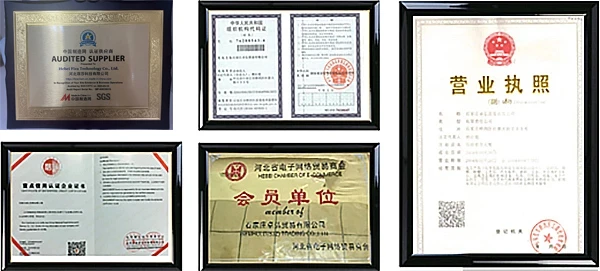



NaOH - Understanding Sodium Hydroxide Properties and Applications
NaOH, commonly known as sodium hydroxide or caustic soda, is a powerful chemical compound widely used in various industries and applications. It is an inorganic substance with the formula NaOH, consisting of sodium (Na), oxygen (O), and hydrogen (H). This colorless solid is highly soluble in water, and its solutions are characterized by a strong alkaline pH, making it essential in many chemical processes.
One of the primary uses of sodium hydroxide is in the manufacturing of paper and pulp. In this process, wood chips are treated with NaOH to break down the lignin and hemicellulose, allowing cellulose fibers to be extracted. This results in the production of high-quality paper products. Additionally, sodium hydroxide plays a crucial role in the production of textiles, where it is used to process and dye fabrics.
.
Moreover, sodium hydroxide is significant in the production of soap and other personal care products. Through a process known as saponification, fats and oils are reacted with NaOH to produce soap. This chemical reaction not only creates a cleaning agent but also contributes to the moisturizing properties found in many soaps.
naoh is

In the food industry, sodium hydroxide is utilized in the food processing sector, particularly in the preparation of olives and the curing of food products. It is also employed in the manufacturing of certain food additives and as a pH adjuster in various applications.
Despite its numerous benefits, the use of sodium hydroxide also raises environmental concerns. As a strong alkali, the improper disposal of NaOH can lead to water pollution, affecting aquatic life and ecosystems. Therefore, industries that utilize sodium hydroxide must adhere to strict regulations and practices to minimize its environmental impact.
In conclusion, sodium hydroxide is a crucial chemical with a myriad of industrial applications ranging from paper production to food processing. While it serves essential roles in various fields, the importance of safety and environmental responsibility cannot be overstated. Understanding the properties and safe handling of NaOH is vital for both consumers and industries alike.
-
Why Sodium Persulfate Is Everywhere NowNewsJul.07,2025
-
Why Polyacrylamide Is in High DemandNewsJul.07,2025
-
Understanding Paint Chemicals and Their ApplicationsNewsJul.07,2025
-
Smart Use Of Mining ChemicalsNewsJul.07,2025
-
Practical Uses of Potassium MonopersulfateNewsJul.07,2025
-
Agrochemicals In Real FarmingNewsJul.07,2025
-
Sodium Chlorite Hot UsesNewsJul.01,2025










